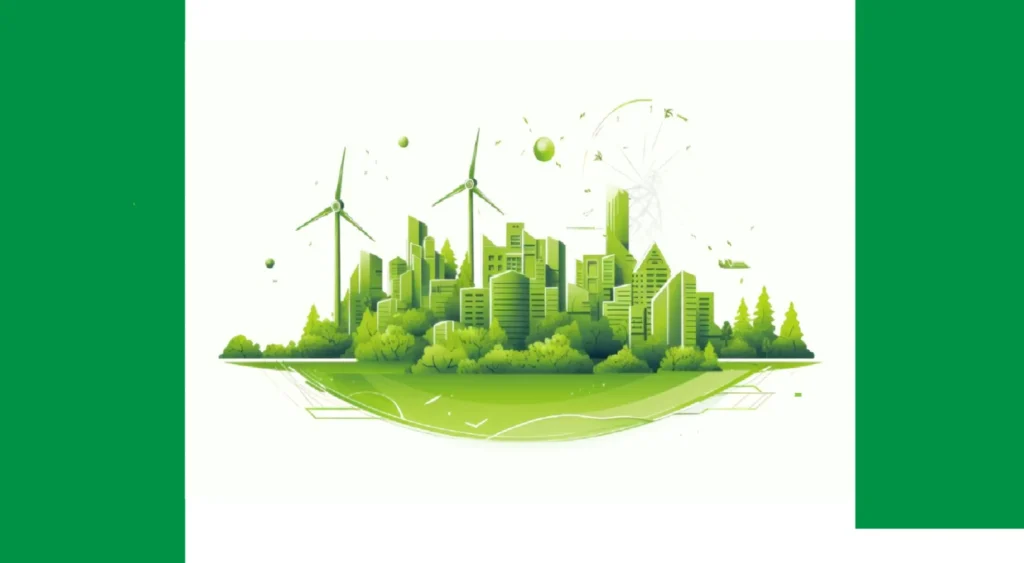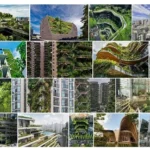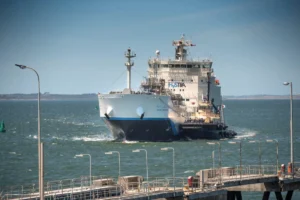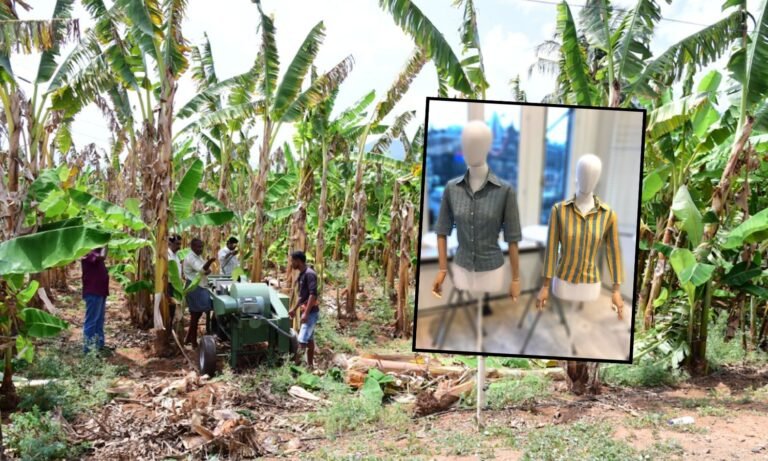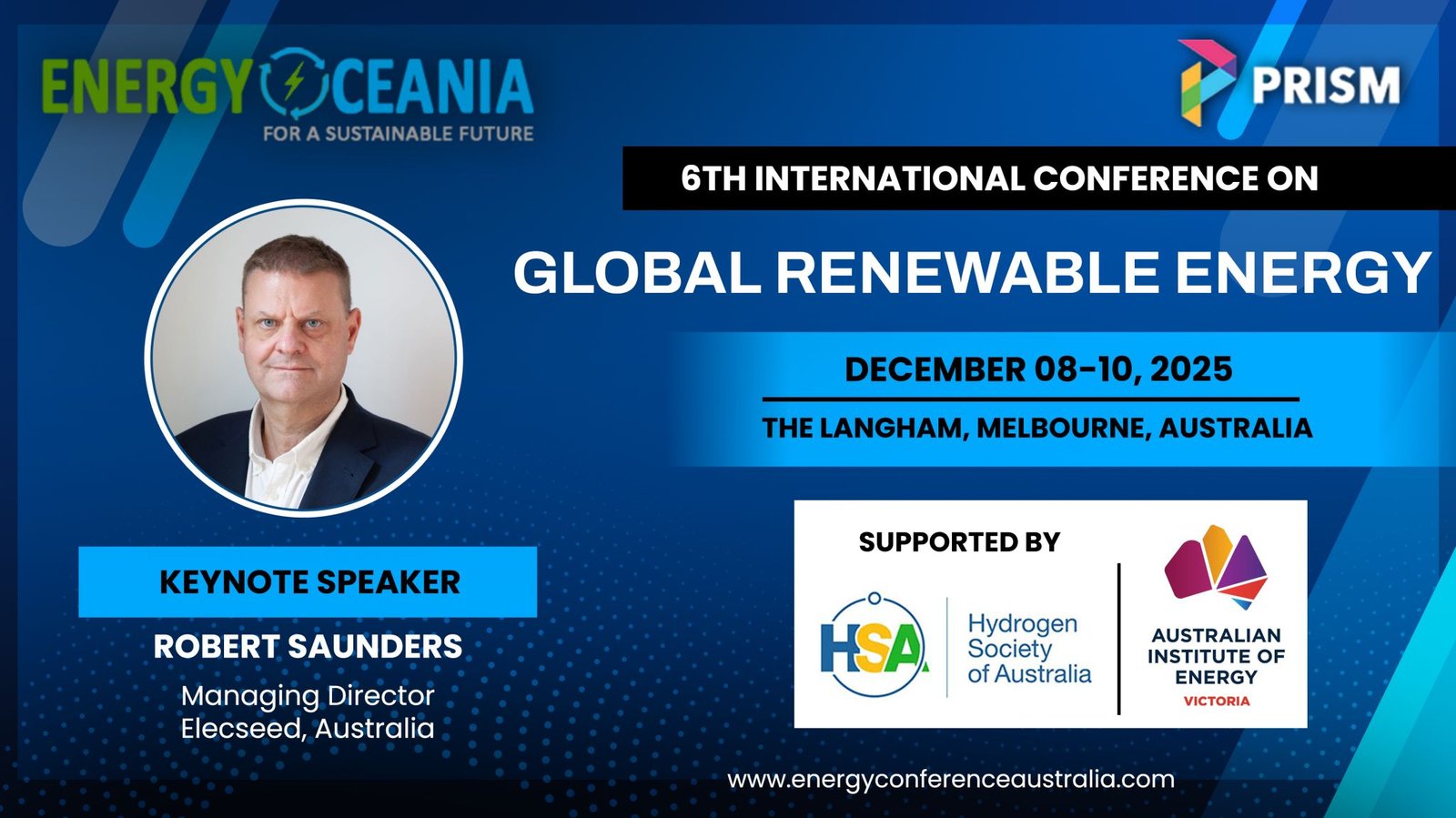The City of Melbourne’s Building Retrofits Enhancing Sustainability and Performance. And The City of Adelaide’s Low-Carbon Planning has achieved 15% C02 reductions.
RETROFIT BUILDINGS in the City of Melbourne
From 2023, over 80 mid-tier properties will need to undergo a zero-carbon ready retrofit each year.
The City of Melbourne, Australia, has initiated the ambitious task of retrofitting existing building to reach the city’s goal of net zero emissions by 2040.
- Insulation Upgrades: Enhancing insulation materials in walls, roofs, and floors to improve energy efficiency and thermal comfort.
- Window and Door Replacements: Installing energy-efficient windows and doors to reduce heat loss or gain.
- Lighting Improvements: Upgrading to LED or other energy-efficient lighting systems.
- HVAC System Upgrades: Replacing or optimizing heating, ventilation, and air conditioning (HVAC) systems for better performance and energy savings.
- Seismic Strengthening: Reinforcing structures to withstand earthquakes and improve safety.
- Renewable Energy Integration: Installing solar panels, wind turbines, or other renewable energy sources.
- Water Efficiency Measures: Implementing water-saving fixtures and systems.
- Smart Building Technologies: Using sensors, automation, and controls to optimize energy usage.
Building Retrofitting: Enhancing Sustainability and Performance
Building retrofitting involves upgrading or modifying existing structures to improve their performance, energy efficiency, safety, and functionality. This process is driven by various factors, including compliance with updated building codes, sustainability goals, and the need to adapt to evolving requirements. Retrofitting measures can target different aspects of a building, such as its structure, systems, and envelope. By implementing these enhancements, we contribute to a greener and more resilient built environment.
This process aims to enhance amenities for the building’s occupants and improve overall performance. As technology advances, building retrofits plays a crucial role in significantly reducing energy and water consumption.
The choice of retrofitting techniques depends on the specific building and its purpose, and desired outcome.
City of Melbourne Case Study examples:
HOTEL:
Alto Hotel on Bourke, Melbourne.

Image: maxresdefault
The heritage listed Alto Hotel on Bourke is Melbourne’s first carbon neutral hotel. Formerly the Victorian Railways Union head office, the building was intensively renovated to achieve superior performance in energy, water and waste efficiency. Features include wall, floor and ceiling insulation, a hot water reticulation system and low flow taps and showers.
View 1200 Buildings – Alto Hotel on Bourke, Melbourne (Video 2 minutes 2 seconds).
Read the case study (PDF 933 KB).
MEDIUM-SIZED BUILD:
131 Queen Street, Melbourne.

Image: BENT Architecture
The owners corporation of 131 Queen Street have used retrofitting to ensure the building is competitive in the marketplace. The environmental retrofit work is designed to significantly increase the building’s NABERS Energy rating and includes a new high efficiency chiller, digital building management system and an award-winning rooftop garden with a variety of herbs and edible plants including strawberries, olives and lemons.
View 1200 Buildings – 131 Queen Street, Melbourne (Video 1.54 MIN).
Read the 131 Queen Street case study (PDF 853 KB).
BUILDING TOWER:
530 Collins Street, Melbourne

530 Collins Street is an energy efficient premium grade office tower. The owners GPT Group have dramatically improved the building’s efficiency through a range of measures – these include new chillers and an on-site cogeneration plant to generate gas fired electricity and use waste heat in the building. Achieved 4.5 NABERS energy rating.
View 1200 Buildings – 530 Collins Street, Melbourne (Video 2.16 MIN).
Read the case study (PDF 51 KB).
ADELAIDE, AUSTRALIA
Adelaide city passed a law in 2004 that directed all households to harvest rainwater in a water tank. The city’s wastewater is also treated and repurposed for agricultural irrigation, a popular strategy in Australia. Reclamation and recycling of water is referred to as substitution.
Between 2007 and 2018, Adelaide was able to reduce its carbon emissions by 15%. During this time, the residential population grew by 33%, student enrollment increased by 37%, and city users increased by 43%.
Sustainability does not have to be at the cost of economic growth; the gross regional product increased by 33% over this decade
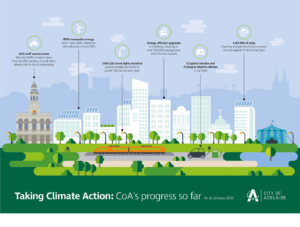

One example of living architecture found in Adelaide is the “green wall” on one of the City Council’s office buildings.
The green space cools the courtyard and creates an inviting atmosphere for people to meet on their lunch breaks. Excess water is diverted via underground pipes to water the trees in the plaza, further adding to the sustainability of the city while providing another green space.
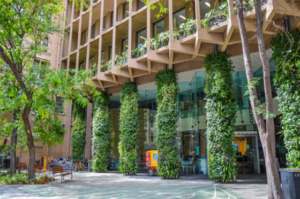
Green wall outside the City of Adelaide Customer Center on Pirie Street
This article was an extract from USA Princeton University ‘Sustainable Cities’. More Here+

